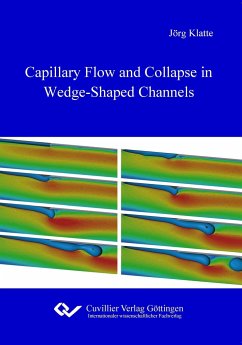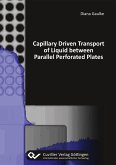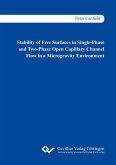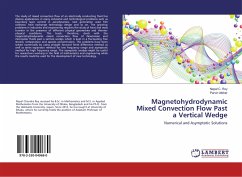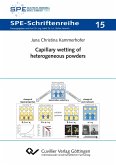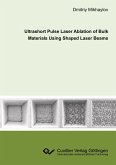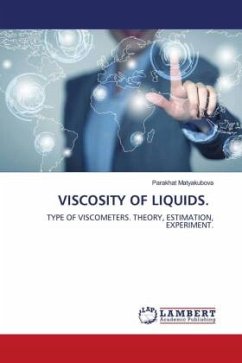The forced, isothermal, and incompressible capillary channel flow has been studied theoretically, experimentally, and numerically in this work using the example of an open wedge-shaped channel with a finite length. The curvature of the interface at the open side of the channel is coupled to the pressure difference between the surrounding gas pressure and liquid pressure along the flow path, and thus, a flow rate limit exists, above which the interface collapses. This work investigates this collapse phenomenon as a function of the channel geometry. The derivation of a one-dimensional differential flow equation is based on the streamline theory. The local pressure loss and both principal mean radii of curvature at the free surface are considered. To approximate the local pressure loss, the fully-developed flow profiles were compared to the three-dimensional numerical flow profiles. The physical understanding of the collapse behavior is generalized with the detection of a second characteristic collapse phenomena. In the inertial limit, the interface chokes at the smallest cross-section. In the viscous limit, the interface collapses at the outlet. A dimensionless number has been introduced, which classifies the inertial and viscous regime. Three numerical methods are presented to solve the capillary flow problems. The first method is a fast numerical tool for design and parametric studies of steady capillary flows. The second numerical approach solves the complete three-dimensional equation system for validation of the theoretical assumptions and time-dependent flows. The third method is specialist and solves the governing one-dimensional equations within seconds. Unique experimental data for inertia dominated flow has been recorded using the microgravity environment of a drop tower. The steady flow configuration, the transient reorientation behavior of the interface, and the collapse behavior have been observed. Additional terrestrial experiments study the hydrostatic influence. The experimental results validate the theoretical work and benchmark the numerical codes. The evaluation of a three-dimensional numerical parametric study reveals the desired velocity scale for the critical flow rate in the inertial and viscous regime. The study improves the physical understanding of such capillary corner flows, which is beneficial for liquid management in space as well as for the development of microfluidic applications on the ground.
Hinweis: Dieser Artikel kann nur an eine deutsche Lieferadresse ausgeliefert werden.
Hinweis: Dieser Artikel kann nur an eine deutsche Lieferadresse ausgeliefert werden.

